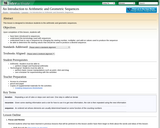
This lesson is designed to introduce students to the arithmetic and geometric sequences.
- Subject:
- Mathematics
- Material Type:
- Activity/Lab
- Provider:
- Shodor Education Foundation
- Date Added:
- 02/27/2018

This lesson is designed to introduce students to the arithmetic and geometric sequences.
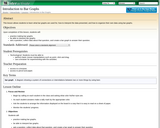
This lesson allows students to learn what bar graphs are used for, how to interpret the data presented, and how to organize their own data using bar graphs.
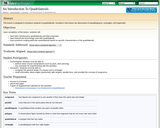
In this lesson, students are introduced to different quadrilaterals. Students will discuss and compare rectangles, parallelograms and trapezoids.
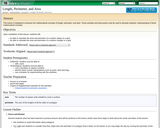
In this lesson, students explore how length, perimeter and area are related.
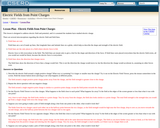
This lesson addresses electric field and potential.

For this activity, students explore simple linear functions.
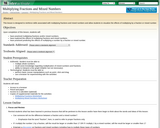
In this lesson, students will explore the effect of multiplying a whole number by a fraction or a mixed number.
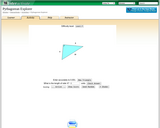
For this interactive, students study the nature of the Pythagorean Theorem by calculating the measure of the unknown side.
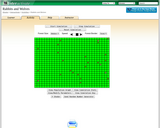
This applet allows the student to simulate how nature keeps its balance and how rabbits and wolves behave in their natural setting.
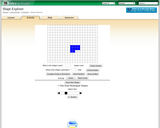
This online interactive allows students to demonstrate their abiltiy to calculate area and perimeter of a given figure. The interactive informs students if their answers are correct or not, as well as provides scores.
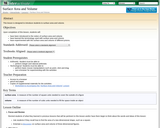
Students use an applet to see how the volume and surface area of a rectangular prism and a triangular prism vary as their dimensions take on integer values from 1 to 14. A discussion and activity sheet with probing questions are included.

This lesson provides an introduction to geometric transformations -- reflections, rotations, translations, and glide reflections. The accompanying applet allows students to perform a transformation and then analyze the relationship between the original object and the resulting image. A discussion of various kinds of symmetry is included. A student worksheet, lesson extensions, and guided discussions are provided.

This applet allows the user to explore the world of translations, reflections, and rotations. It allows the user to translate triangles, squares, and parallelograms on both the x and y-axes. The user can also reflect the figure around x values, y values, and the line x = y. The applet will also rotate the figure any given number of degrees.

This lesson is designed to develop students' ability to create tree diagrams and figure probabilities of events based on those diagrams. This lesson provides links to discussions and activities related to tree diagrams as well as suggested ways to work them into the lesson. Finally, the lesson provides links to follow-up lessons designed for use in succession with the current one.
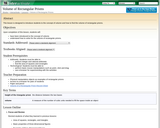
In this lesson, students explore the volume of rectangular prisms based on the units given for length, width and height.